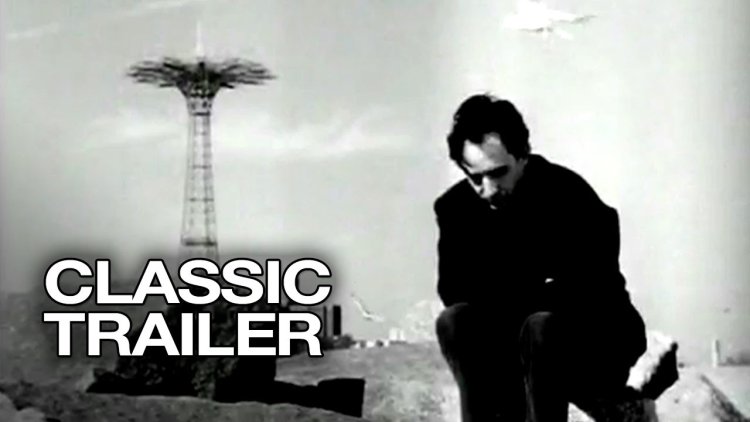'Pi' (1998)
Welcome to our in-depth exploration of the mind-bending and thought-provoking film, Pi (1998). In this article, we delve into the captivating narrative, examine the thematic complexities, and analyze the artistic brilliance that has made this movie a cult classic. Join us as we journey into the enigmatic world of numbers, obsession, and the pursuit of truth.

The Mathematical Thriller
Directed by Darren Aronofsky, Pi takes viewers on a thrilling and cerebral ride through the life of Max Cohen (played by Sean Gullette), a brilliant mathematician obsessed with uncovering the underlying patterns and secrets of the universe. Shot in high-contrast black and white, the film immerses audiences in Max's spiraling descent into madness.
The Quest for Truth
The Search for Mathematical Patterns
At the heart of Pi lies Max's relentless search for mathematical patterns that may unlock the mysteries of existence. His obsession leads him to develop a supercomputer, affectionately named Euclid, in his cramped New York City apartment. Max believes that the stock market holds the key to the numerical patterns he seeks, and he becomes entangled in a dangerous game between Wall Street and a Hasidic Jewish sect searching for the same truth.
The Fine Line Between Genius and Madness
As Max delves deeper into his obsession, the boundaries between genius and madness begin to blur. The film masterfully captures the psychological toll of his pursuit, portraying the increasing paranoia and disintegration of his sanity. Pi explores the price one may pay for unraveling the secrets of the universe, questioning the limits of human comprehension.
Themes Explored
Pi delves into a multitude of profound and thought-provoking themes, challenging audiences to question the nature of reality and the pursuit of knowledge. Here are some key themes that resonate throughout the film:
Obsession and Sacrifice
Max's unwavering obsession with uncovering the patterns of existence leads him to sacrifice personal relationships, mental stability, and even physical well-being. Pi examines the fine line between dedication and self-destruction, exploring the extent to which one is willing to sacrifice for the pursuit of truth.
Determinism vs. Free Will
The film wrestles with the age-old philosophical debate of determinism versus free will. Max grapples with the notion that everything in the universe can be predicted and controlled through mathematics, challenging the very essence of human agency and autonomy.
The Nature of Reality
Pi invites viewers to question the nature of reality itself. As Max descends into madness, the line between objective truth and subjective perception blurs, leaving audiences to ponder the fragility of our understanding of the world around us.
Artistic Brilliance
Visual Style
Shot in grainy black and white, Pi creates a stark and visually striking atmosphere. The use of high-contrast lighting and unconventional camera angles contributes to the film's intense and disorienting tone, mirroring Max's psychological state.
Sound Design
The film's haunting and hypnotic sound design heightens the sense of unease and tension. The pulsating electronic score by Clint Mansell adds to the atmospheric and immersive experience, further immersing viewers into Max's deteriorating reality.
Impact and Legacy
Since its release, Pi has garnered a cult following, earning critical acclaim for its bold and unconventional approach. The film's exploration of deep philosophical themes, combined with its stylistic choices, has solidified its place as a groundbreaking work of independent cinema.
Also Check Hale Berry in a new role, bruises worried the fans
Conclusion
In Pi (1998), Darren Aronofsky delivers a mind-bending and visually stunning journey into the realms of mathematics, obsession, and the fragility of the human mind. Through its thematic depth, artistic brilliance, and unforgettable performances, Pi continues to captivate audiences, challenging them to question the very nature of reality.





























